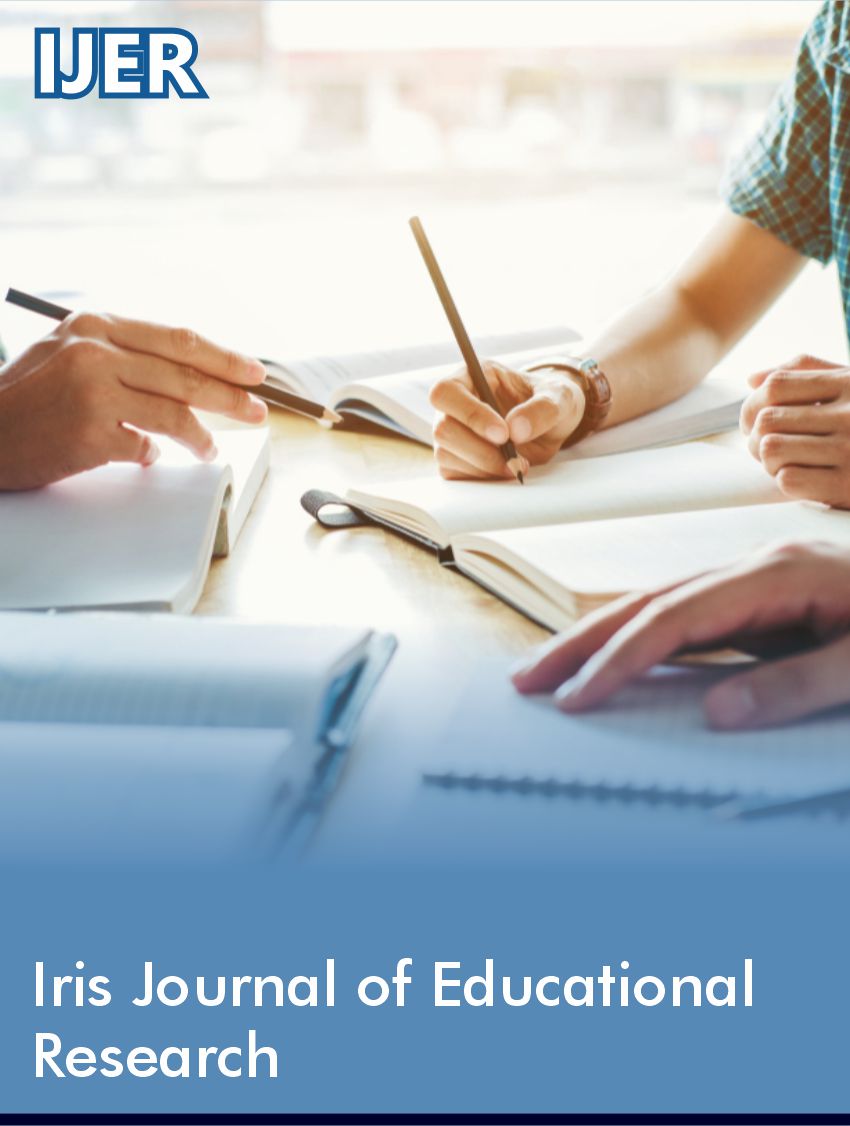 Research Article
Research Article
Detection of Images Generated by Artificial Intelligence, Literacy Visual and Disinformation
Miguel Domínguez Rigo* and María Ángeles Alonso Garrido
Detection of Artificial Intelligence Generated Images, Visual Literacy and Disinformation, Complutense University of Madrid, Spain
Miguel Domínguez Rigo, Detection of Artificial Intelligence Generated Images, Visual Literacy and Disinformation, Complutense University of Madrid, Spain
Received Date:September 23, 2025; Published Date:September 26, 2025
Summary
The rapid advances in generative artificial intelligence (AI) in image generation in recent years pose a challenge when it comes to detecting and identifying artificially generated synthetic images. Through a comparative study between two selected groups of individuals (one with a higher level of visual literacy than the other) to whom we showed two images, one real and one generated using AI, we obtained results that demonstrate the real difficulty both groups have demonstrated, regardless of their level of visual literacy, in correctly detecting the origin of the images. The degree of realism in images created by AI is such that those with a higher level of visual literacy also have trouble distinguishing between the real image and the synthetic one. We conclude that visual literacy is still necessary, but in the current context, it may be insufficient. It would be advisable to integrate greater digital and media skills, as well as visual literacy that integrates new strategies related to new technologies, helping to detect the misinformation that the misuse of artificial intelligence can generate.
Abstract
The dizzying progress of generative artificial intelligence in image generation in recent years poses a challenge when it comes to detecting and identifying synthetic images that have been artificially generated. Through a comparative study between two selected groups of people (one with a higher level of visual literacy than the other) to whom we showed two images, one real and the other generated by artificial intelligence, we obtained results that show the real difficulty that both groups, regardless of their level of visual literacy, had in correctly identifying the origin of the images. The degree of realism in the AI-generated images is such that those with higher levels of visual literacy also have problems distinguishing between the real and synthetic image. We conclude that visual literacy is still necessary, but may not be sufficient in the current context, and that it is appropriate to integrate greater digital and media literacy, as well as visual literacy that integrates new strategies related to new technologies, to help detect the misinformation that an improper use of artificial intelligence can generate.
Keywords:Disinformation; Artificial Intelligence; Visual Literacy; Detection; Deepfake
-
Miguel Domínguez Rigo* and María Ángeles Alonso Garrido. Detection of Images Generated by Artificial Intelligence, Literacy Visual and Disinformation. Iris J of Edu & Res. 5(4): 2025. IJER.MS.ID.000614.
-

This work is licensed under a Creative Commons Attribution-NonCommercial 4.0 International License.






